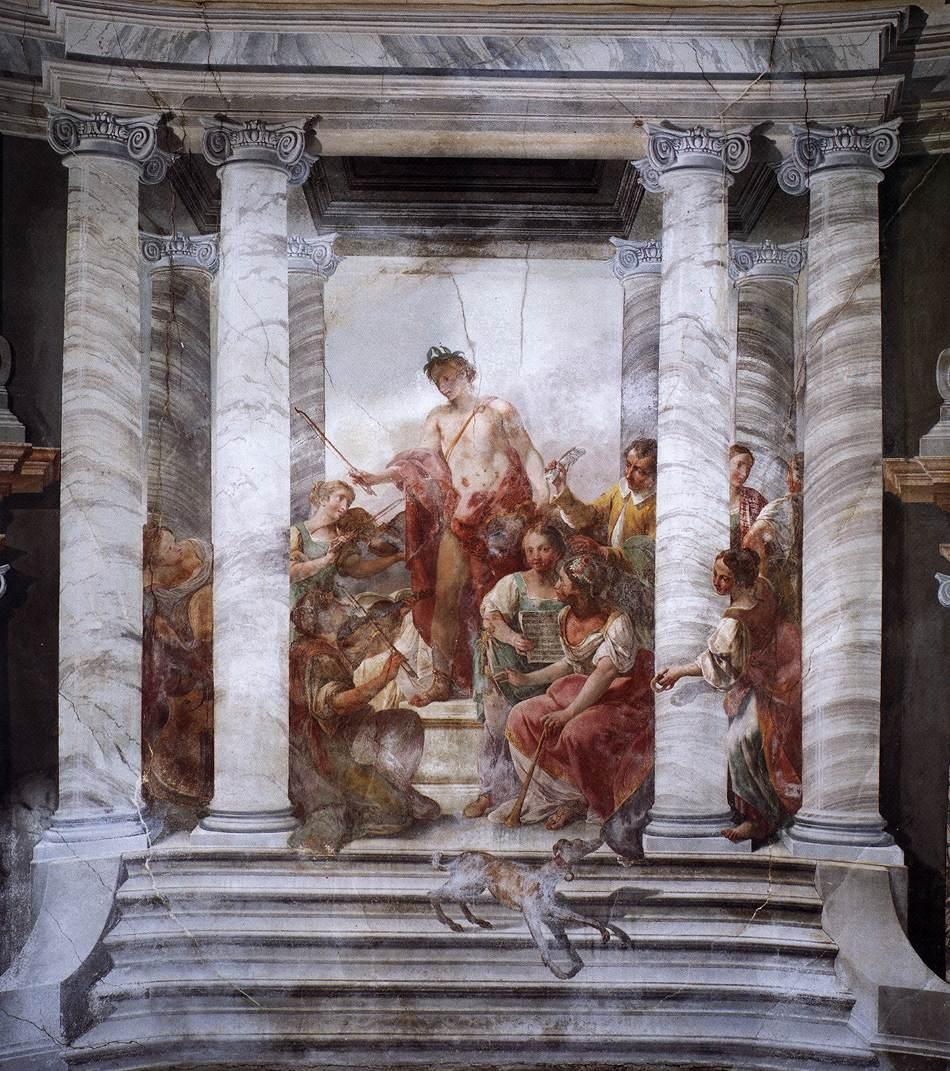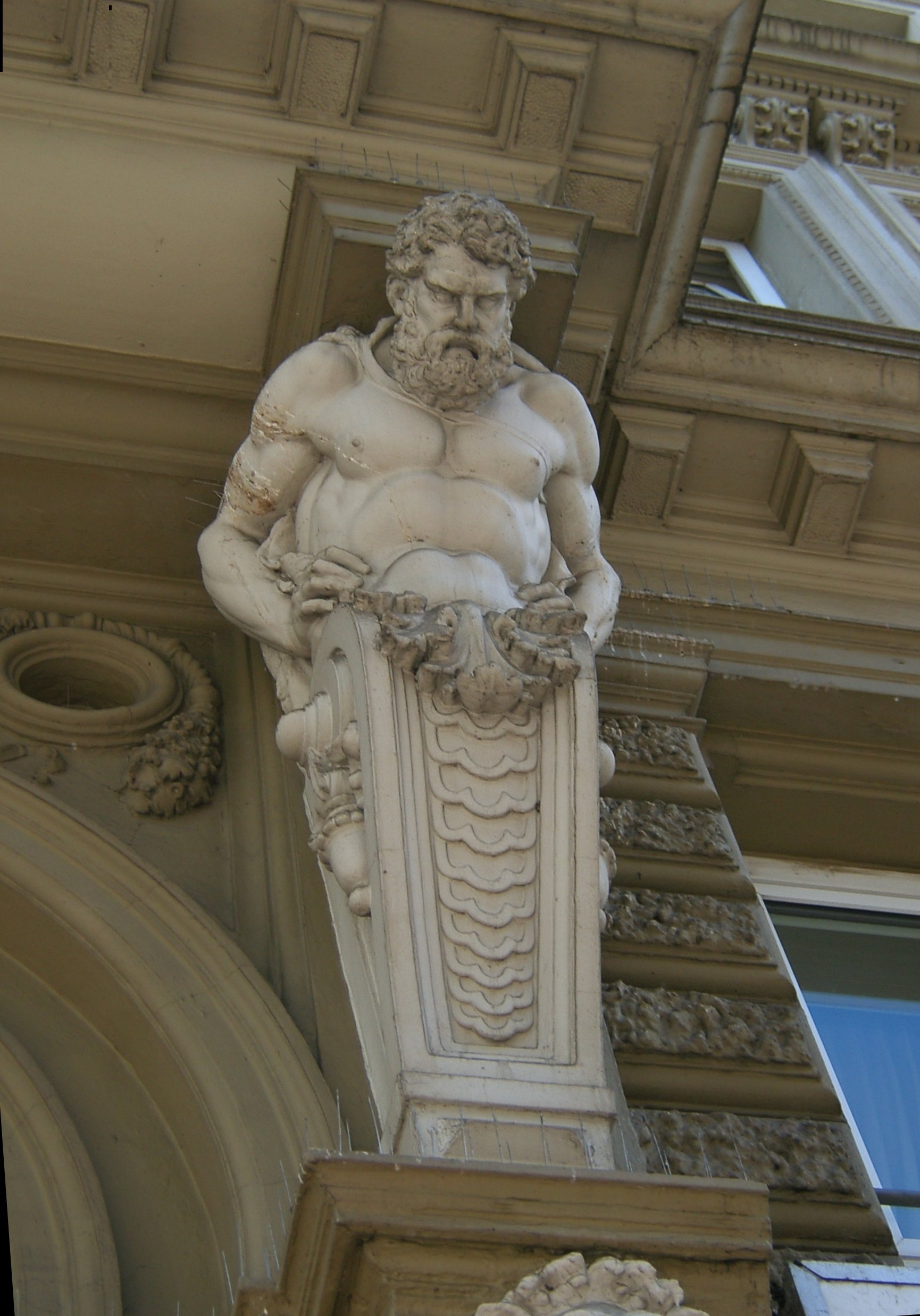|
Villa Pisani
Villa Pisani at Stra refers to the monumental, late-Baroque rural palace located along the Brenta Canal (Riviera del Brenta) at Via Doge Pisani 7 near the town of Stra, on the mainland of the Veneto, northern Italy. This villa is one of the largest examples of Villa Veneta located in the Riviera del Brenta, the canal linking Venice to Padua. The patrician Pisani family of Venice commissioned a number of villas, also known as ''Villa Pisani'' across the Venetian mainland. The villa and gardens now operate as a national museum, and the site sponsors art exhibitions. History Construction of this palace was begun in the early 18th century for Alvise Pisani, the most prominent member of the Pisani family, who was appointed doge in 1735. The initial models of the palace by Paduan architect Girolamo Frigimelica still exist, but the design of the main building was ultimately completed by Francesco Maria Preti. When it was completed, the building had 114 rooms, in honour of its owner, ... [...More Info...] [...Related Items...] OR: [Wikipedia] [Google] [Baidu] |
Andrea Palladio
Andrea Palladio ( ; ; 30 November 1508 – 19 August 1580) was an Italian Renaissance architect active in the Venetian Republic. Palladio, influenced by Roman and Greek architecture, primarily Vitruvius, is widely considered to be one of the most influential individuals in the history of architecture. While he designed churches and palaces, he was best known for country houses and villas. His teachings, summarized in the architectural treatise, ''The Four Books of Architecture'', gained him wide recognition. The city of Vicenza, with its 23 buildings designed by Palladio, and 24 Palladian villas of the Veneto are listed by UNESCO as part of a World Heritage Site named City of Vicenza and the Palladian Villas of the Veneto. The churches of Palladio are to be found within the "Venice and its Lagoon" UNESCO World Heritage Site. Biography and major works Palladio was born on 30 November 1508 in Padua and was given the name Andrea di Pietro della Gondola. His father, Pietro, ... [...More Info...] [...Related Items...] OR: [Wikipedia] [Google] [Baidu] |
House Of Savoy
The House of Savoy ( it, Casa Savoia) was a royal dynasty that was established in 1003 in the historical Savoy region. Through gradual expansion, the family grew in power from ruling a small Alpine county north-west of Italy to absolute rule of the Kingdom of Sicily from 1713 to 1720, when they were handed the island of Sardinia, over which they would exercise direct rule from then onward. Through its junior branch of Savoy-Carignano, the House of Savoy led the Italian unification in 1860 and ruled the Kingdom of Italy until 1946; they also briefly ruled the Kingdom of Spain in the 19th century. The Savoyard kings of Italy were Victor Emmanuel II, Umberto I, Victor Emmanuel III, and Umberto II. The last monarch reigned for a few weeks before being deposed following the institutional referendum of 1946, after which the Italian Republic was proclaimed. History The name derives from the historical region of Savoy in the Alpine region between what is now France and Italy. Over ti ... [...More Info...] [...Related Items...] OR: [Wikipedia] [Google] [Baidu] |
Gaspare Diziani
Gaspare Diziani (1689 – 17 August 1767) was an Italian painter of the late-Baroque or Roccoco period, active mainly in the Veneto but also in Dresden and Munich. The artist's canvas is the largest painting of the Hermitage Museum in St. Petersburg. Biography His earliest training was in his native town of Belluno with Antonio Lazzarini. He then moved to Venice, to the studio of Gregorio Lazzarini and later that of Sebastiano Ricci. His career largely overlapped with Lazzarini and Ricci's fellow pupil, Giambattista Tiepolo, who was seven years his elder. Between 1710-1720, he painted a group of eight pictures that included the ''Mary Magdalene'' for the church of Santo Stefano in Belluno, and ''Entry into Jerusalem'' for San Teodoro in Venice. He also painted three frescoes on the ''Life of Saint Helena'' in the Scuola del Vin next to the church of San Silvestro. Diziani's celerity and technical assurance are evident from preparatory oil sketches, where color has been applied ... [...More Info...] [...Related Items...] OR: [Wikipedia] [Google] [Baidu] |
Jacopo Amigoni
Jacopo Amigoni (ca. 1685 – September 1752), also named Giacomo Amiconi, was an Italian painter of the late-Baroque or Rococo period, who began his career in Venice, but traveled and was prolific throughout Europe, where his sumptuous portraits were much in demand. Biography He was born in Venice. Amigoni initially painted both mythological and religious scenes; but as the panoply of his patrons expanded northward, he began producing many parlour works depicting gods in sensuous languor or games. His style influenced Giuseppe Nogari. Among his pupils were Charles Joseph Flipart, Michelangelo Morlaiter, Pietro Antonio Novelli, Joseph Wagner, and Antonio Zucchi. Starting in 1717, he is documented as working in Bavaria in the Castle of Nymphenburg (1719); in the castle of Schleissheim (1725–1729); and in the Benedictine abbey of Ottobeuren. He returned to Venice in 1726. His ''Arraignment of Paris'' hangs in the Villa Pisani at Stra. From 1730 to 1739 he worked in England ... [...More Info...] [...Related Items...] OR: [Wikipedia] [Google] [Baidu] |
Jacopo Guarana
225px, ''Allegory of the virtues Mocenigo'', 1787 Jacopo Guarana (October 28, 1720 – April 18, 1808) was a Venetian painter of the late Baroque period who was born in Verona. He was active mainly in Venice and its mainland territories. In 1750 he completed frescoes for the interior of Ca' Rezzonico and, in 1780, for the church of San Tomà. He also painted for the church of San Teonisto in Treviso and the Villa Contarini in Cinto Euganeo and helped decorate the Villa Pisani at Stra. Other works were completed for the Palazzo Balbi, Palazzo Boldù a San Felice, Palazzo Erizzo a San Martino, Palazzo Michiel del Brusà, and Palazzo Mocenigo a San Stae. Guarana is the last remaining direct heir of the Tiepolesque tradition. He was a founding member of the Venetian Accademia di Belle Arti and is said to have studied under Sebastiano Ricci, then with Giovanni Battista Tiepolo. Among his most popular works are the wall frescoes at the concert hall of the Ospedaletto, Veni ... [...More Info...] [...Related Items...] OR: [Wikipedia] [Google] [Baidu] |
Gian Domenico Tiepolo
Giovanni Domenico Tiepolo (August 30, 1727March 3, 1804) was an Italian painter and printmaker in etching. He was the son of artist Giovanni Battista Tiepolo and elder brother of Lorenzo Baldissera Tiepolo. Life history Domenico was born in Venice, studied under his father, and by the age of 13 was the elder Tiepolo's chief assistant. He was one of the many assistants, including his brother Lorenzo, who transferred the designs of his father (often executed in 'oil sketches). By the age of 20, he was producing his own work for commissioners. He assisted his father in Würzburg 1751–3, decorating the famous stairwell fresco, in Vicenza at the Villa Valmarana Ai Nani in 1757, and in Madrid at the palace of Charles III from 1762 to 1770. Works His painting style developed after the death of his father in 1770, at which time he returned to Venice, and worked there as well as in Genoa and Padua. His painting, though keeping the decorative influence of his father, moved from i ... [...More Info...] [...Related Items...] OR: [Wikipedia] [Google] [Baidu] |
Giovanni Battista Tiepolo
Giovanni Battista Tiepolo ( , ; March 5, 1696 – March 27, 1770), also known as Giambattista (or Gianbattista) Tiepolo, was an Italian painter and printmaker from the Republic of Venice who painted in the Rococo style, considered an important member of the 18th-century Venetian school. He was prolific, and worked not only in Italy, but also in Germany and Spain. Giovan Battista Tiepolo, together with Giambattista Pittoni, Canaletto, Giovan Battista Piazzetta, Giuseppe Maria Crespi, and Francesco Guardi are considered the traditional Old Masters of that period. Successful from the beginning of his career, he has been described by Michael Levey as "the greatest decorative painter of eighteenth-century Europe, as well as its most able craftsman." Biography ''The Glory of St. Dominic'', 1723 Early life (1696–1726) Born in Venice, he was the youngest of six children of Domenico and Orsetta Tiepolo. His father was a small shipping merchant who belonged to a family th ... [...More Info...] [...Related Items...] OR: [Wikipedia] [Google] [Baidu] |
Maze
A maze is a path or collection of paths, typically from an entrance to a goal. The word is used to refer both to branching tour puzzles through which the solver must find a route, and to simpler non-branching ("unicursal") patterns that lead unambiguously through a convoluted layout to a goal. The term "labyrinth" is generally synonymous with "maze", but can also connote specifically a unicursal pattern. The pathways and walls in a maze are typically fixed, but puzzles in which the walls and paths can change during the game are also categorised as mazes or tour puzzles. Construction Mazes have been built with walls and rooms, with hedges, turf, corn stalks, straw bales, books, paving stones of contrasting colors or designs, and brick, or in fields of crops such as corn or, indeed, maize. Maize mazes can be very large; they are usually only kept for one growing season, so they can be different every year, and are promoted as seasonal tourist attractions. Indoors, mirror ma ... [...More Info...] [...Related Items...] OR: [Wikipedia] [Google] [Baidu] |
Caryatid
A caryatid ( or or ; grc, Καρυᾶτις, pl. ) is a sculpted female figure serving as an architectural support taking the place of a column or a pillar supporting an entablature on her head. The Greek term ''karyatides'' literally means "maidens of Karyai", an ancient town on the Peloponnese. Karyai had a temple dedicated to the goddess Artemis in her aspect of Artemis Karyatis: "As Karyatis she rejoiced in the dances of the nut-tree village of Karyai, those Karyatides, who in their ecstatic round-dance carried on their heads baskets of live reeds, as if they were dancing plants". An atlas or telamon is a male version of a caryatid, i.e. a sculpted male statue serving as an architectural support. Etymology The term is first recorded in the Latin form ''caryatides'' by the Roman architect Vitruvius. He stated in his 1st century BC work ''De architectura'' (I.1.5) that the female figures of the Erechtheion represented the punishment of the women of Caryae, a town near Spart ... [...More Info...] [...Related Items...] OR: [Wikipedia] [Google] [Baidu] |
Atlas (architecture)
In European architectural sculpture, an atlas (also known as an atlant, or atlante or atlantid; plural atlantes)''Aru-Az , Michael Delahunt ArtLex Art Dictionary , 1996–2008. is a support sculpted in the form of a man, which may take the place of a , a or a . The Roman term for such a sculptural support is |
Brenta River
The Brenta is an Italian river that runs from Trentino to the Adriatic Sea just south of the Venetian lagoon in the Veneto region, in the north-east of Italy. During the Roman era, it was called Medoacus (Ancient Greek: ''Mediochos'', ''Μηδειοχος'') and near Padua it divided in two branches, Medoacus Maior (Greater Medoacus) and Medoacus Minor (Lesser Medoacus). The river changed its course in the early Middle Ages, and its former bed through Padua was occupied by the Bacchiglione. It is long and was first channelled in the 16th century when a long canal was built from the village of Stra to the Adriatic Sea, bypassing the Venetian lagoon. A branch of the Brenta, named '' Naviglio del Brenta'', was left to connect directly Venice and Padua (which was a kind of second capital of the Venice Republic). It runs through Stra, Fiesso d'Artico, Dolo, Mira, Oriago and Malcontenta to Fusina (which is part of the comune of Venice). Starting in the 16th century, many large ... [...More Info...] [...Related Items...] OR: [Wikipedia] [Google] [Baidu] |




